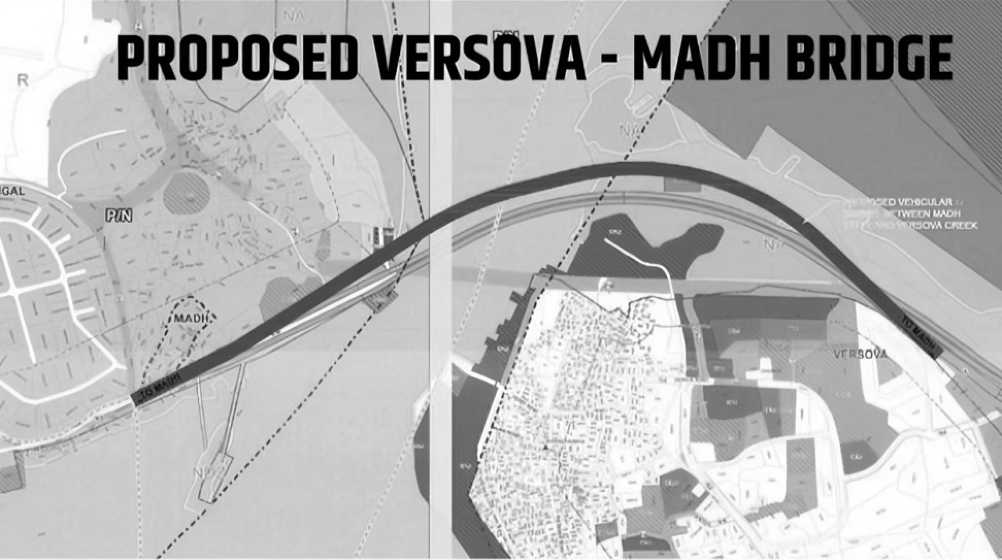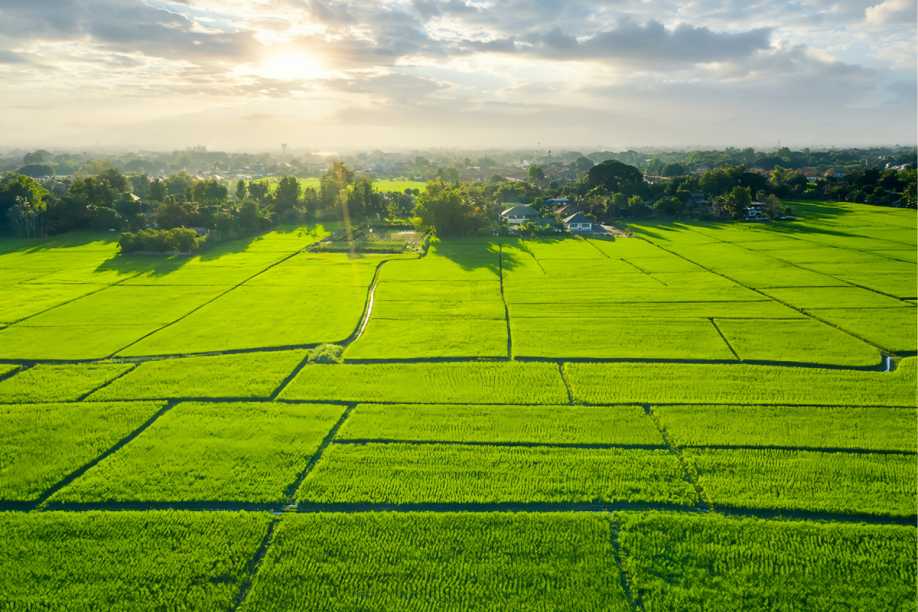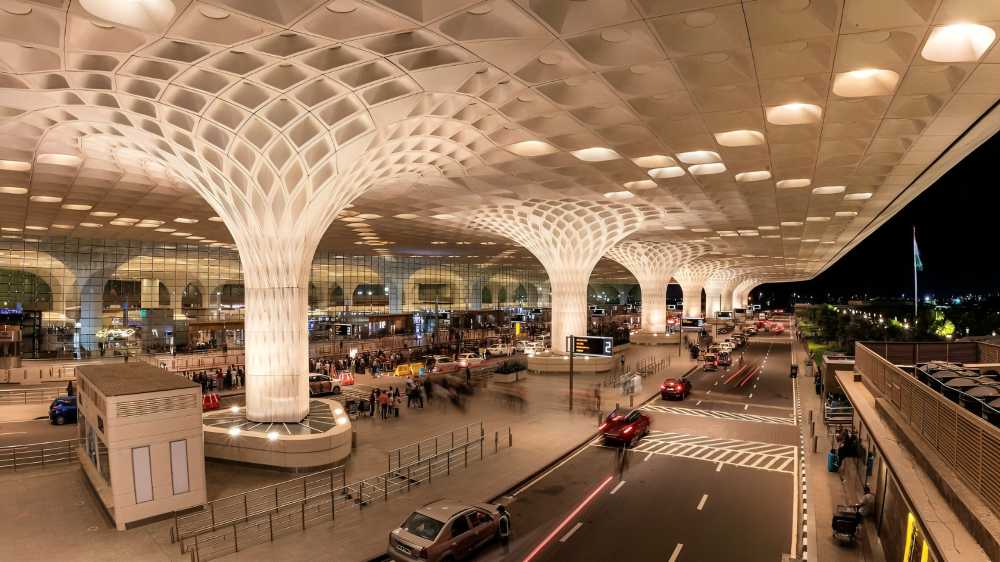November 05, 2025: The upcoming Navi Mumbai International Airport is already reshaping the region’s real estate landscape, driving rapid growth across nearby areas such as Panvel, Ulwe, and Kharghar. Much like how neighbourhoods surrounding Mumbai’s current airport—Vile Parle, Marol, Andheri, and Juhu—have historically commanded premium prices, a similar pattern is unfolding in Navi Mumbai.
The airport’s development has triggered major infrastructure upgrades and large-scale land acquisitions, turning key nodes like Ulwe, Uran, Panvel, Kharghar, Taloja, and Dronagiri into property hotspots. In several stretches, plot prices have surged by over 90 per cent within four to five years. This has spurred a wave of residential, commercial, and warehousing projects, alongside a rising population influx, positioning Navi Mumbai among India’s most closely watched property markets.
However, experts warn that enthusiasm should be tempered with caution. Large infrastructure projects like airports are often subject to delays due to red tape, funding constraints, or land acquisition disputes. For homebuyers banking on quick appreciation, a stalled project could mean years of stagnation. Environmental issues are another concern—greenfield airports can involve significant ecological alterations, leading to legal challenges and potential construction slowdowns. Moreover, when multiple developers rush to build around such projects, oversupply risks can cause short-term price corrections.
Market experts recommend patience and due diligence. They advise buyers to wait until approvals are secured and construction is visibly progressing, while prioritising reputed developers and maintaining a long-term investment horizon of eight to ten years.
While the Navi Mumbai Airport remains a powerful growth catalyst, experts stress that balancing optimism with prudence will determine whether today’s investments translate into tomorrow’s gains.
Source: Times Property





